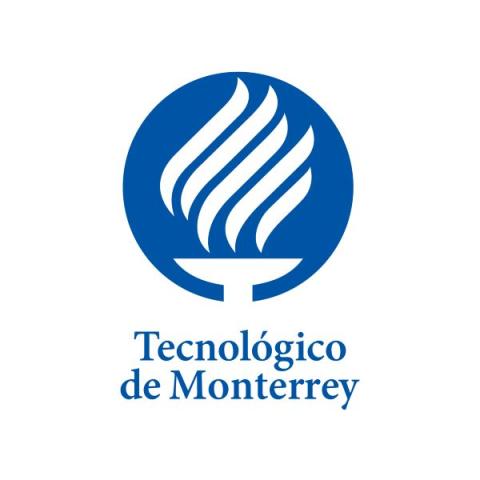
Ideas for using media to connect with students
For most of us, there is usually a song, singer or composer that can almost instantly change our mood or help us focus on a task or activity. And, increasingly, pretty much all of us can recall a time when a social media post or podcast grabbed our attention and wouldn’t let go. Of course, the same goes for students, many of whom are avid social media users and/or playlist creators.
As professors we frequently concentrate on designing and creating courses that help students achieve certain competencies or learning objectives, but even if we have the best lessons in the world, students need to be motivated and engaged to be successful. This is where we believe podcasts, social media and music can come in. We have found these to have excellent motivational and engagement benefits and, here, set out some thoughts on how you might use them:
Podcasts
During the past year especially, most of us have been searching for means of giving feedback and connecting with students who are exhausted from being in front of computer screens for longer than is ideal. Podcasts might be the answer. They are becoming increasingly popular in education because they offer additional content that can be consumed flexibly, while also providing an opportunity for tutors to share more informal content such as personal experiences, thoughts and stories. They are also well suited to modern attention spans and learning styles.
Well-known platforms such as Soundcloud and Spotify can be used for uploading and listening to podcasts and can also be embedded in your learning management system (LMS) using the HTML editor. This has the benefit of delivering all content from a single, centralised source without requiring students to open multiple platforms simultaneously, which ultimately makes it harder to access class materials. Podcasts allow students to listen to the audio from their smartphones, at their convenience, in a more comfortable way, removing the need to sit bleary-eyed in front of a screen for hours on end.
- How to use journalism and current affairs to support your teaching
- How to apply virtual reality to enhance learning experiences
- In praise of the ‘watch party’ – an update to the flipped learning model
Social media
Using social media as a means for students to upload and share assignments is a powerful tool, especially on undergraduate courses. As most of us know, short and simple is a key characteristic of communication on social media, which makes it a great way for students to develop the ability to synthesise information, explain difficult topics in simple terms or simply be creative.
For example, we have asked students to use TikTok to create a brief video that delivers a series of recommendations to organisations on how to carry out a diagnosis using a systems thinking approach. The outcomes were better than we expected, not only in terms of the quality of the videos but in the feedback students gave us.
Since most students already use these platforms, they were able to show real creativity in their videos. They also mentioned that they enjoyed the assignment since it was different to the usual reports and felt more fun.
One potential issue to be aware of when asking students to deliver assignments via social media, though, comes when students might not have an account on the platform you are requesting, or they might not want to use their accounts for class purposes. As such, always have a backup plan for the times when students cannot share content through social media for any given reason.
Music
One easy way to make a student’s learning experience more pleasant (and thus, theoretically, encourage greater engagement) is including music on your LMS. According to research, music can help establish a positive learning environment for people who find themselves distracted in other instructional settings.
But what is the best way to add music to your online course platform? We recommend sharing an announcement, which is a shared post with instructions and/or class material, on your LMS platform with all users within your course and embed the song using HTML code. Note that it is not such a good idea to do this in the modules section because it can distract students.
We’ve seen that these small steps above have helped students feel more able to relate to us and this results in them being more motivated and engaged during the semester. Let’s not forget, online learning can be difficult for students, many of whom prefer face-to-face interaction, but we can make their journey a little bit easier by using media in new and interesting ways.
Esmeralda Niño-Perez is a professor of digital education, and Angeles Carolina Aguirre-Acosta is a tutor professor of digital education, both at Tecnológico de Monterrey, Mexico.




